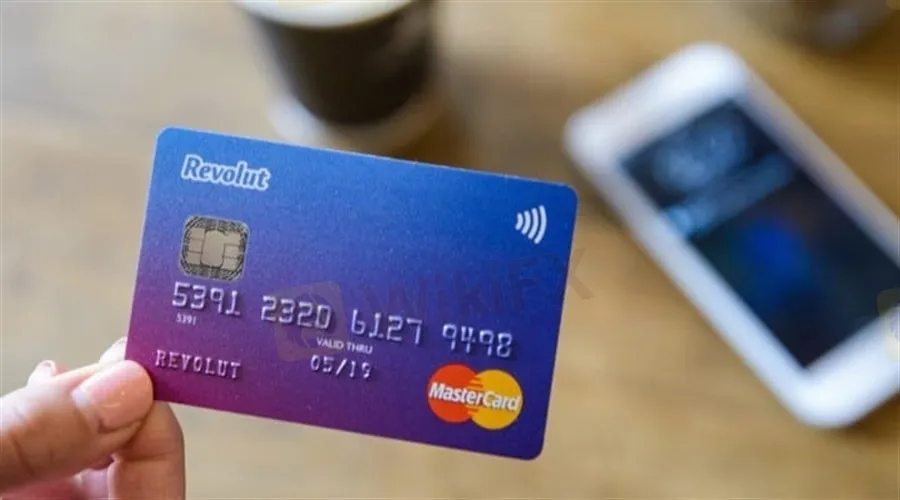简体中文
繁體中文
English
Pусский
日本語
ภาษาไทย
Tiếng Việt
Bahasa Indonesia
Español
हिन्दी
Filippiiniläinen
Français
Deutsch
Português
Türkçe
한국어
العربية
Revolut Launches Zero-Fee Stock Trading in the United States
Abstract:It will operate with the controversial Payment for Order Flow model.

It will offer fractional trading of stocks too.
Revolut has expanded its offerings in the United States by enabling commission-free stock trading services for its American customer base. With this, the company is aiming to become a ‘financial supperapp’.
Announced on Wednesday, the app will allow the buying and selling of around 1100 listed securities and 200 exchange-traded funds (ETFs). Additionally, it will allow customers to trade full or fractional shares.
Revolut, which has 18 million customers, is already offering share trading services to its United Kingdom customers. The company entered the US market as a banking app in March 2020 and obtained a broker-dealer license in September 2021 for launching share trading services.
“Over the last 18 months, Revoluts core focus in the U.S. has been to design an app that meets the financial needs of the modern U.S. consumer, and launching stock trading is the natural next step in this effort,” said Nik Storonsky, the Co-Founder and CEO of Revolut.
“Understanding stocks are serious financial investments, weve built an inclusive, user-friendly product that equips consumers with everything they need to trade with confidence.”
Zero-Fee Boom
With the new services, Revolut will challenge the likes of Robinhood, Charles Swab, and a few other big American brands that are already offering zero-fee stock trading services in the country.

Disclaimer:
The views in this article only represent the author's personal views, and do not constitute investment advice on this platform. This platform does not guarantee the accuracy, completeness and timeliness of the information in the article, and will not be liable for any loss caused by the use of or reliance on the information in the article.
Read more

Will the Euro and US Dollar Reach Parity in 2025?
Euro-dollar parity sparks debate again as 2025 approaches, with multiple factors shaping the exchange rate outlook.

US Dollar Surge Dominates Forex Market
The global forex market continues to show volatility, with the U.S. dollar fluctuating last week but overall maintaining a strong upward trend. How long can this momentum last?

Oil Prices Soar for 5 Days: How Long Will It Last?
Last week, the global oil market saw a strong performance, with Brent crude and WTI crude prices rising by 2.4% and around 5% respectively. Oil prices have now posted five consecutive days of gains. But how long can this rally last?

How Big is the Impact of the USD-JPY Rate Gap on the Yen?
The U.S. Federal Reserve's repeated rate cuts and the narrowing of the U.S.-Japan interest rate differential are now in sight. So, why is the U.S.-Japan interest rate differential so important for the yen’s safe-haven appeal, especially when global economic uncertainty rises?
WikiFX Broker
Latest News
SQUARED FINANCIAL: Your Friend or Foe?
Big News! UK 30-Year Bond Yields Soar to 25-Year High!
ACY Securities Integrates MetaTrader 5 to Enhnace Copy Trading Service
Soegee Futures Review: Should You Trust This Broker?
Malaysian Pilot Loses RM1.36 Million in UVKXE Investment App Scam
Indonesia officially joins the BRICS countries
Attention! Goldman Sachs Cuts Gold Target to $2910
Inflation Rebounds: ECB's Big Rate Cut Now Unlikely
Carney \considering\ entering race to replace Canada\s Trudeau
High-Potential Investments: Top 10 Stocks to Watch in 2025
Currency Calculator






